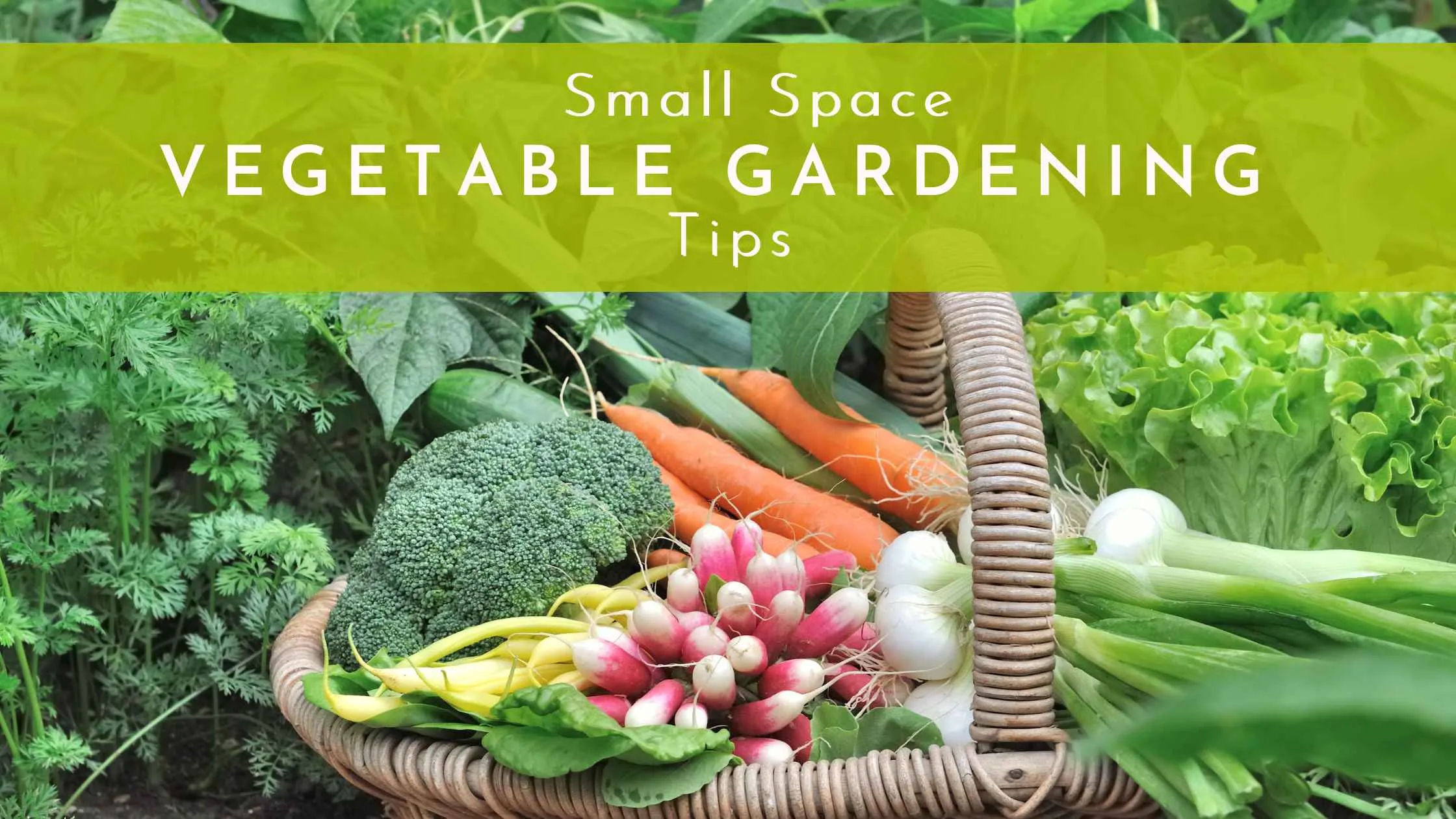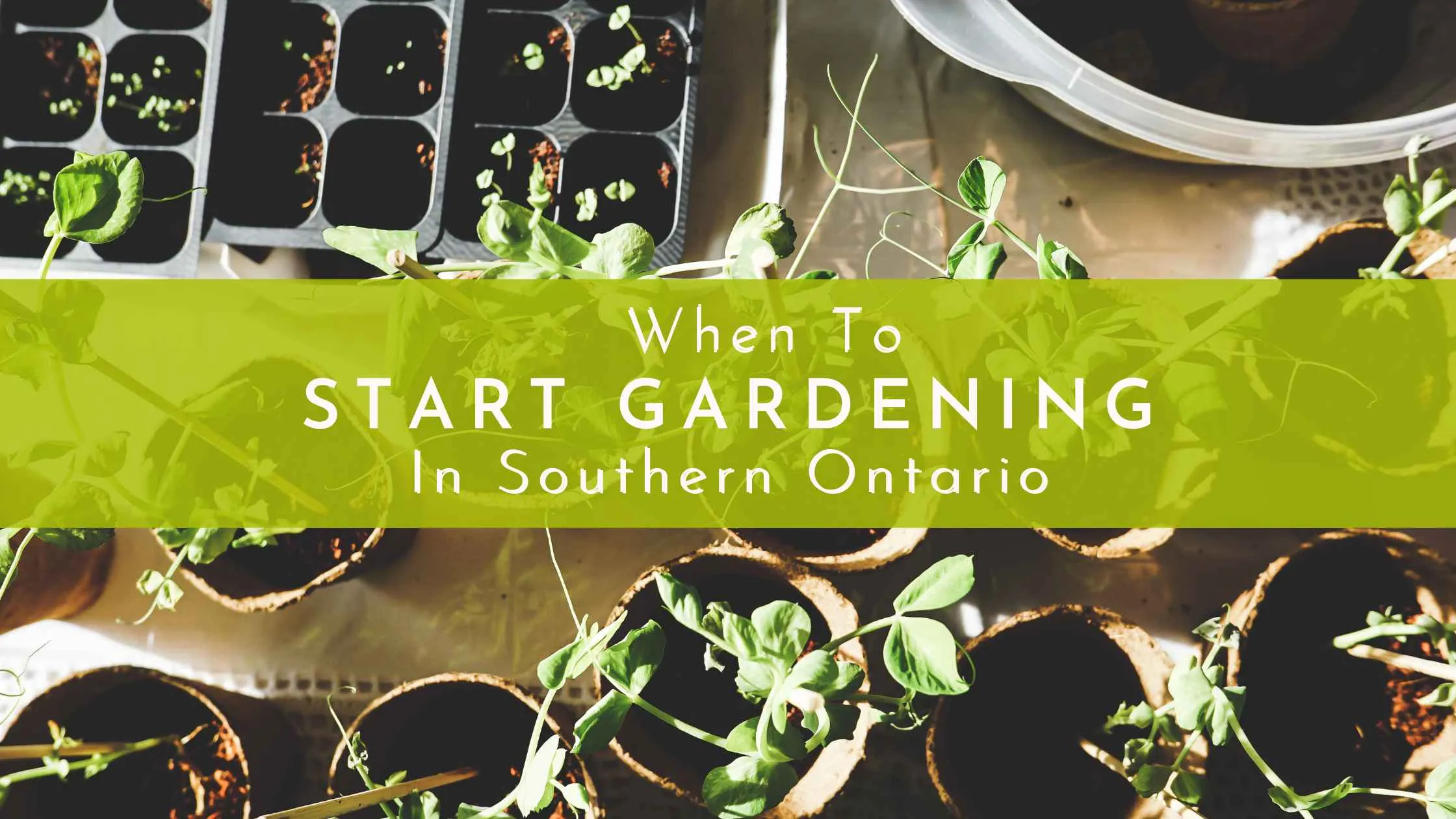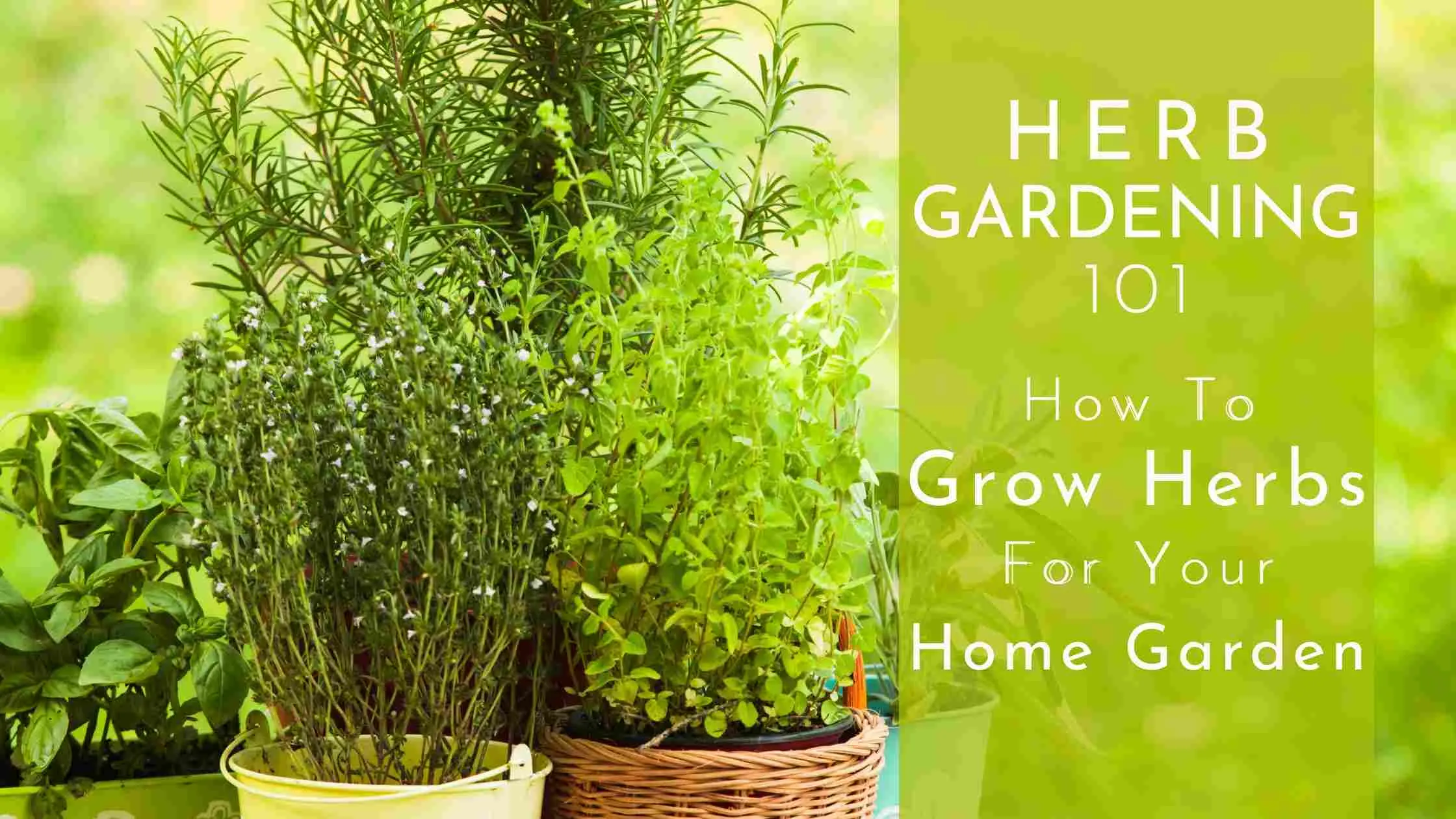How To Grow Marigolds In Your Kitchen Garden
Marigolds are an easy-to-grow option to help your vegetable garden flourish, throughout the year. Their bright summer blooms are especially popular to enhance the beauty of your vegetable garden.
Additionally, they attract butterflies, bees, ladybugs, and other pollinator insects to your garden. They can also protect your veggies from predators and pests.
To provide these benefits, all they need is exposure to sunlight and well-drained soil. The germination period of marigold seeds is also just a few days, you will get a blooming garden within 8 weeks.
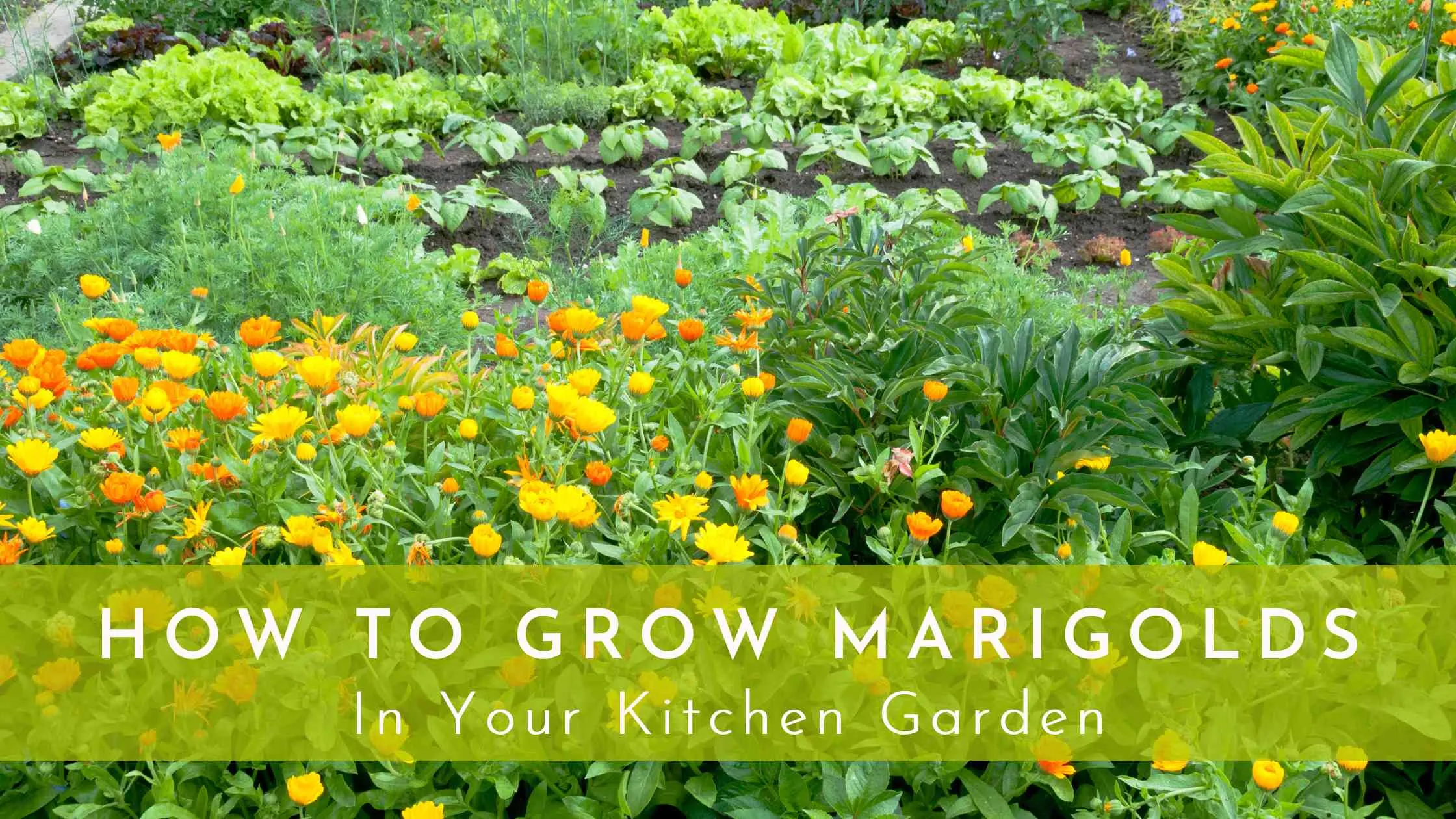
About Marigolds
Marigolds are one of the most reliable bedding flowers. They come in eye-catching colors with fern-like foliage. They are annuals completing their life cycle in a single year.
Common Name: Marigold
Botanical Name: Tagetes spp
Family: Asteraceae
Appearance
Marigolds have orange and yellow colors. Some varieties also have red, gold, copper, or brass shades. Their daisy-like flower heads bloom in individuals or in clusters.
Height
Most varieties of marigolds range from 6 inches to 4 feet tall with double petals blossoms. Others can spread 6 inches to 2 feet wide.
Bloom Period
Their blooming period is late spring until the first frost. The flower seeds are planted in the spring season and the booms start a few months after the seeds are planted.
Zones
These annuals are suitable for nearly all zones.
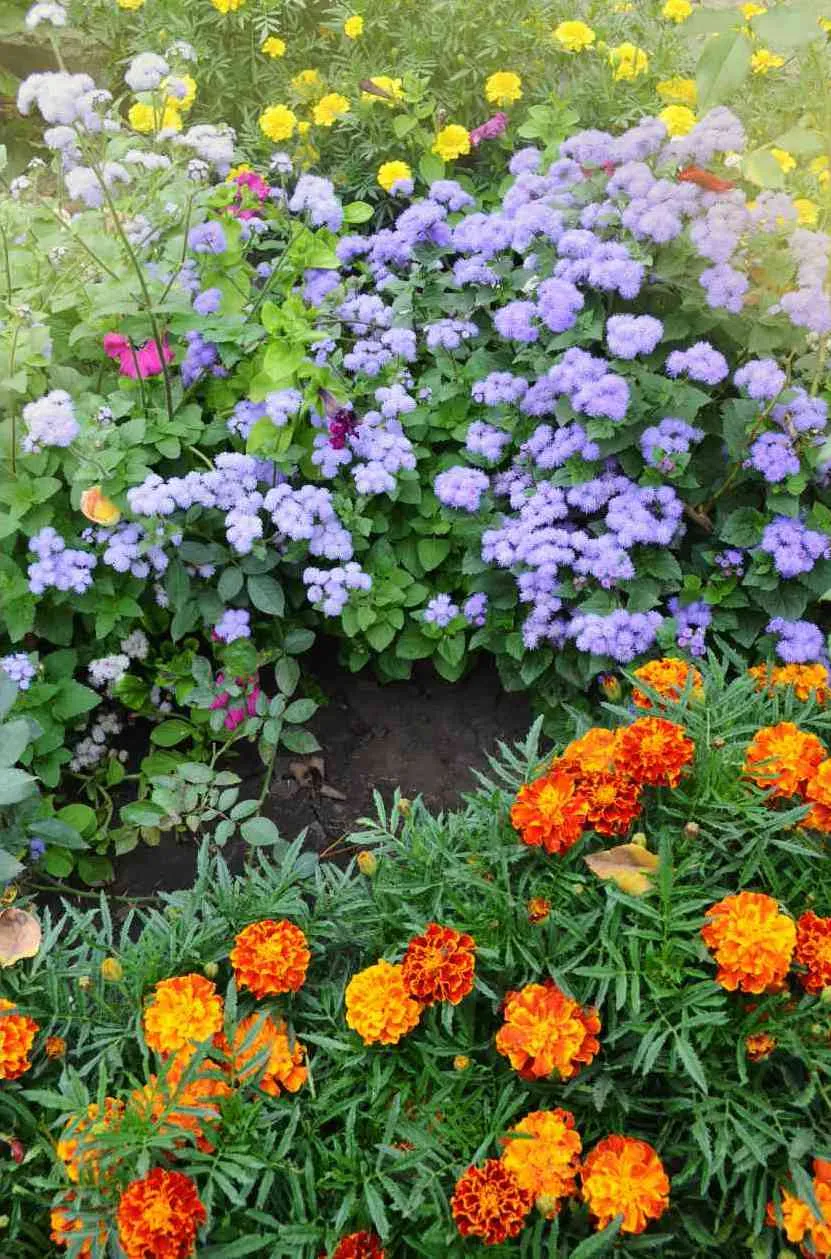
Types of Marigolds
There are several different types of marigolds. The three most common types of marigolds are African, French, and Signet marigolds of the Tagetes species.
1. African Marigolds
African marigold (also known as Mexican or American Marigold as they are native to Mexico and Central America) is the tallest species with large, full pom pom-like flowers. They come in bright yellow hues.
The flowers are aromatic and can survive even in drought conditions. They range from medium to tall plants. The height is 1-4 feet and the flowers are up to 4 inches wide.
2. French Marigold
French Marigolds are short bushy plants 5-18 inches in height. They have purple-tinged stems with double flower heads. This aromatic species is most suitable for rainy regions. The 2-inch elegant flowers have yellow, orange, and mahogany colors.
3. Signet Marigold
This species of Marigold is edible. They have a distinct look with lacy leaves, fern-like foliage, and small single, daisy-like flowers. Signets come in yellow and orange colors. Their moderate height is within a foot or more and they grow well in hot and dry regions.
Planting Marigolds
Marigolds need full sun and hot summer to grow well. If they are planted in a shady and moist area, the risk of powdery mildew increases.
Marigolds don't need any special soil. They grow best in well-drained and moderately fertile soil. To prepare the ground, dig down to approximately 6 inches. Once the soil is loosened, mix compost to improve the fertility and consistency of the soil.
Plant the seeds by keeping a one-inch distance and water them after planting.
When To Plant Marigolds
Marigold seeds can be planted directly into the garden when the soil becomes slightly warm. They have a fast germination rate, so they don’t need to be started indoors. The only exception is African marigolds, which should be started 4 to 6 weeks before the last frost date or bought as young plants. You can plant Signet and French marigolds from spring to mid-summer however.
How To Plant Marigolds
Knowing the following will help you get beautiful marigolds in your vegetable garden.
- French marigolds can be started with seeds easily. In the case of African marigolds, it is always recommended to purchase seedlings as they take longer to grow from seeds.
- If your garden soil is nutrient deficient, you can add fertilizer with the ratio 5-10-5 in every planting hole.
- When you start planting marigolds, moisten the soil first, then sow the seeds at least 1 inch apart.
- In case your seedlings are growing slower, increase the gaps between them. French and Signet should be kept 8-10 inches apart. While the African marigolds should be 10-12 inches apart.
- If you are transplanting, water each plant thoroughly afterward.
- If you have started in a container, use a clay pot and add soil-based potting mix to it. You can also use slow-acting granular fertilizer during planting or diluted liquid fertilizer.
- For outdoor container planting, potting and repotting marigolds are the best options. You can use commercial potting soil and ordinary clay pots for this purpose.
Where To Plant Marigolds
Different kinds of marigolds grow well in different conditions. Most of the species prefer sunny areas but can also do well in shade. Even though some marigolds are sun friendly, they need shade by afternoon during extreme dry weather conditions.

Growing Marigolds
Almost every type of marigold seed germinates within a few days. You will begin to see the colorful blooms in about 8 weeks.
How To Grow Marigolds
Here are some effective tips to grow your marigold easily:
- Once your marigold is established, pinched off from the top to keep them growing bushier and promote more blooming.
- When watering, don't rush. You need to wait for the soil to dry and then water again. Repeat the same process in intervals. Water more in extreme dry weather conditions. Avoid starting from overhead as it can lead to powdery mildew. therefore, it is always recommended to water marigolds at the base.
- Avoid fertilizing your flower during their growing period. This can reduce the nutrient supply to flower and leads to lush foliage.
- When your sprouts become seedlings, add a layer of mulch to suppress weeds. It also helps to keep the soil moist.
Care And Maintenance Of Marigolds
Deadheading or Pruning
Deadheading means removing the dead flowers by pinching the flower heads off. It is important to deadhead marigold blooms to encourage the plant to produce more flowers instead of forming seeds and wasting their nutrition.
Deadheading is a very simple process. When you notice a fading flower, just cut its stem to the nearest leaves set. After deadheading, make sure you fertilize the plant to keep it growing.
Light
Marigolds need full sun to grow well. If planted in the shade, the plants will become leggy and produce less or no flowers.
Soil
Although marigolds are not very choosy when it comes to soil, avoid using too much acidic soil. Any garden soil with a pH of 6.0 to 7.0 and good drainage will keep your marigolds happy.
Water
Regular watering at the base of the plant is necessary for marigolds. If the weather is warm and sunny, water daily. Once the plant develops a good root system, it can tolerate a little drought. But it is recommended to water often if you want beautiful blooms. Let the soil dry before you water again to prevent excess moisture.
Temperature And Humidity
Marigolds love summer heat. Some kinds of marigold fade during extremely hot weather but the flowers bloom again once the weather cools down.
Although marigolds like summer, they are not big fans of humid summers. Excess humidity levels can cause powdery mildew. Always plant the seeds or seedlings in full sun and provide enough air passage to prevent humidity.
Fertilizer
If you are using moderately fertile soil, you don’t need any additional fertilizers. In fact, applying fertilizers during the growing phase can boost foliage growth resulting in lower flower production. If the soil is too poor, you can use supplement fertilizers for it.
Overwintering
If the marigolds die during cold weather, you can simply discard the whole plant. Leave only a few because they can self-seed in the garden. Furthermore, sometimes birds tear the flower heads which also support self-seeding.
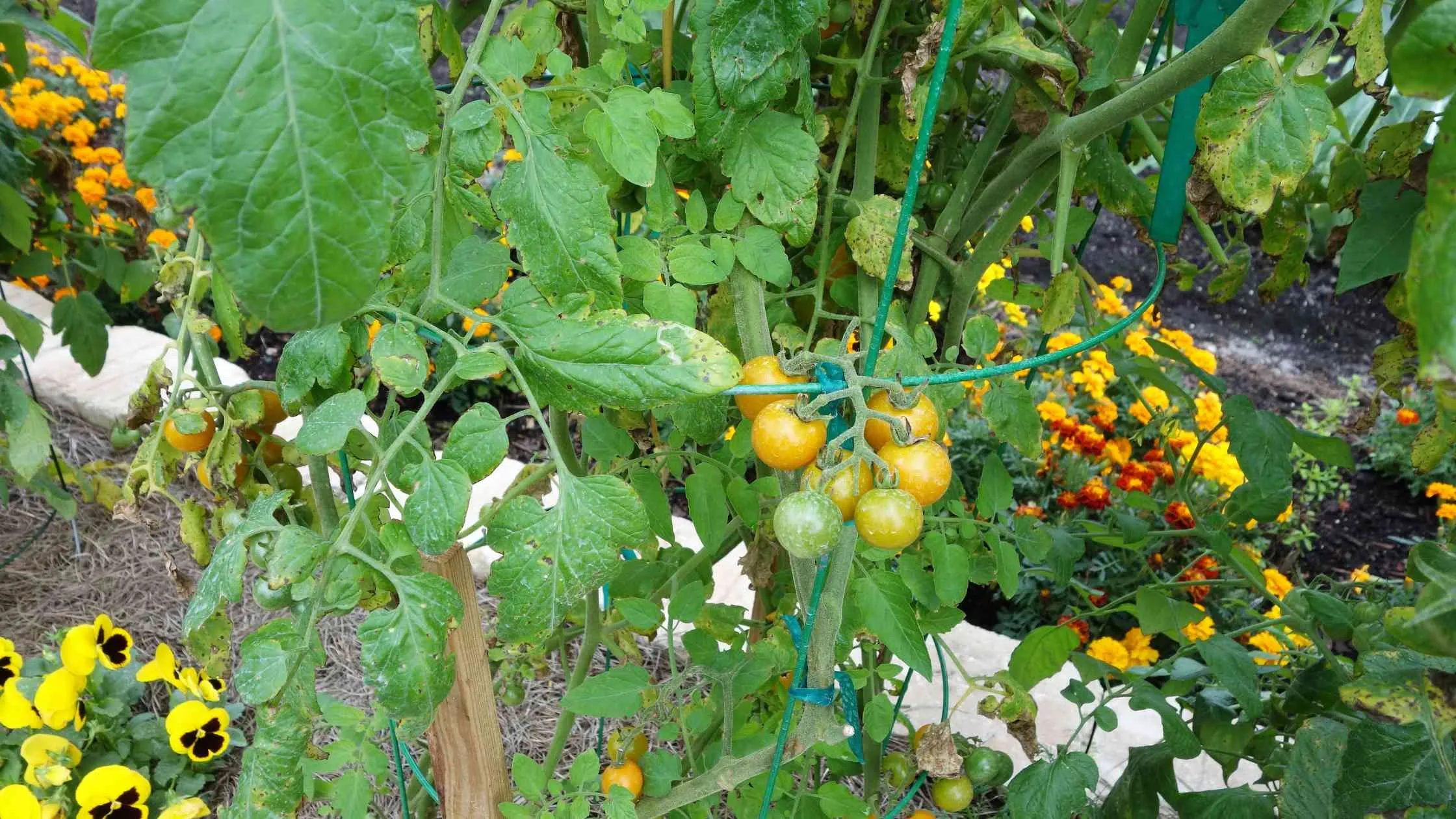
Harvesting Marigolds
Follow these simple tips to harvest marigold plants:
- While harvesting marigolds for flower arrangements, strip off leaves that come under the water in the vase. It prevents the typical pungent smell associated with rotting plants.
- Marigolds can be preserved for floral arrangements. So you can dry them by stripping the foliage from blossoms and hanging them upside down.
- We don’t recommend harvesting marigolds for eating purposes. There is only one kind, Signets, can be used in salads, other marigold flowers have a strong pungent smell and flavor.
- NOTE: Calendulas are often confused with signet marigolds, which also have edible and medicinal properties. They come from the same family, Asteraceae, but calendula belongs to the Calendula genus, while signet marigolds belong to the Tagetes genus.
Pests And Diseases
Marigolds are usually free from any fatal diseases and pests, but some problems can occur. The following are some pest and disease issues of the marigold plant and how to deal with them:
- Spider mites and aphids can infest marigolds. Use horticulture soaps or oils once or twice a week to solve the problem.
- Slugs and snails can eat the young leaves of plants. To keep them away, clean the leaf debris from the soil. If the situation is worst, you can also use snail and slug traps.
- Powdery mildew is a very common fungal disease of marigold plants. Although it is not fatal, it looks very unattractive. You should provide good air circulation to every plant and water the soil of plants instead of spraying overhead to prevent this fungal disease.
Common Problems With Marigolds
The following are some common problems with marigolds:
1. Seedlings dying after sprouting
Marigold seedlings can easily die after sprouting, a condition known as dampening off disease. It is a fungal disease that doesn't have any cure.
To prevent the disease, use clean pots and sterile potting mixes, provide good air circulation and space between seedlings, water the seedlings from below, and keep the seedling trays warm.
2. Tall marigolds flop over
Taller marigold plants can flop over due to heavy rains and winds. To prevent this, plant the seeds or young marigolds a little deeper. It promotes a larger root system and keeps the plant upright.
3. Plants getting weak midsummer
In midsummer, marigolds can get sparse and thin due to hot weather. At this time, it is recommended to prune back the plants. Once the weather cools down, the plant will become stronger and starts producing blooms.
Marigolds In The Kitchen Garden
Growing marigold in your kitchen garden brings several benefits. Here are some of its common advantages:
- The aromatic marigold helps to attract several beneficial insects, bees, and pollinators in your kitchen garden. It also helps to keep the pest away.
- It protects your garden from harmful nematodes living in the soil.
- It also protects other veggies by keeping rabbits and deer away.
Frequently Asked Questions (FAQs)
1. If marigolds are considered native to Mexico, why are some called French or African Marigolds?
Marigold seeds were brought from Mexico to Europe during the 16th century. The French plant breeders are now known as French Marigolds, The marigolds brought to Europe from trading routes in Northern Africa are called African Marigolds.
2. Do marigolds protect other vegetables from insects?
Although there is no academic research conducted, marigolds are considered insect-repelling plants. There is some evidence that the roots of marigolds emit a chemical that plays a vital part in pest control.
Planted near sensitive vegetables can reduce the risk of insect attack. Furthermore, the pungent smell of marigolds repels deer and rabbits
3, Are Marigolds edible?
A species of marigold, known as signet marigold, is used in salads. The flower petals are chopped and mixed with green salads to give additional color and flavor. Other kinds of marigolds are not recommended to eat.
4. What is a pot marigold?
Pot marigolds are a different species from the true marigolds. The flowers resemble marigolds and chrysanthemums, but the foliage of pot marigold is very different. Pot marigolds also have a shorter bloom period than true marigolds.
5. What landscapes can marigolds be used in?
Marigolds are best planted in clumps near border gardens. They make excellent pairs with yellow and orange daylilies and with salvia and verbena. Shorter marigolds are usually planted in the front of the border garden and in containers and the longer ones are ideal to be planted in the back of border gardens.



